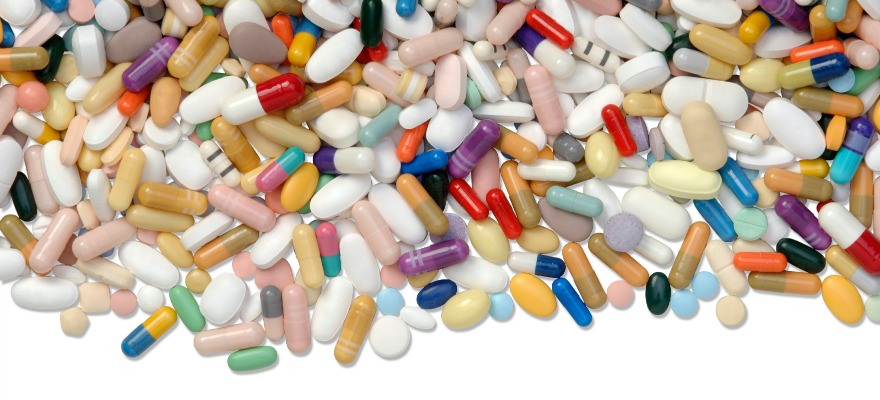
Experts recommend that future research should combine both methods to improve the accuracy of assessing drug use.
Natasha Wade, the study's leader and an assistant professor of psychology at the University of California, San Diego, said, "It's vital that we understand the factors that lead to drug use in teenagers, so that we can design targeted health initiatives to prevent children from being exposed to drugs at a young age."
Substance use during adolescence is a significant public health issue as it is linked to various negative life outcomes, such as poor academic performance, mental health issues, and changes in brain function. In the US, 5% of 8th graders (ages 13-14) report cannabis use, and the number is even higher for alcohol and nicotine use.
To identify the true extent of drug usage in children, a multidisciplinary team led by Dr. Wade, asked 1,390 children whether they had used drugs in the past year.
Hair samples were also taken to confirm whether drug-taking had taken place. Hair analyses showed that 10% of adolescents tested positive for at least one drug, with 6.1% testing positive for cannabinoids, 1.9% alcohol, 1.9% amphetamines, and 1.7% cocaine.
However, the self-reported drug-taking did not match the hair sample results.
Of the 136 cases that self-reported substance use and 145 that tested positive in the hair samples, only 23 cases matched. Hair drug analysis revealed an additional 9% of substance use cases, bringing the number of identified substance users to 19%. Adolescents who use substances face numerous negative outcomes, and it is imperative that we understand the factors that lead to drug use among teenagers to design targeted health initiatives that prevent children from being exposed to drugs at a young age.


